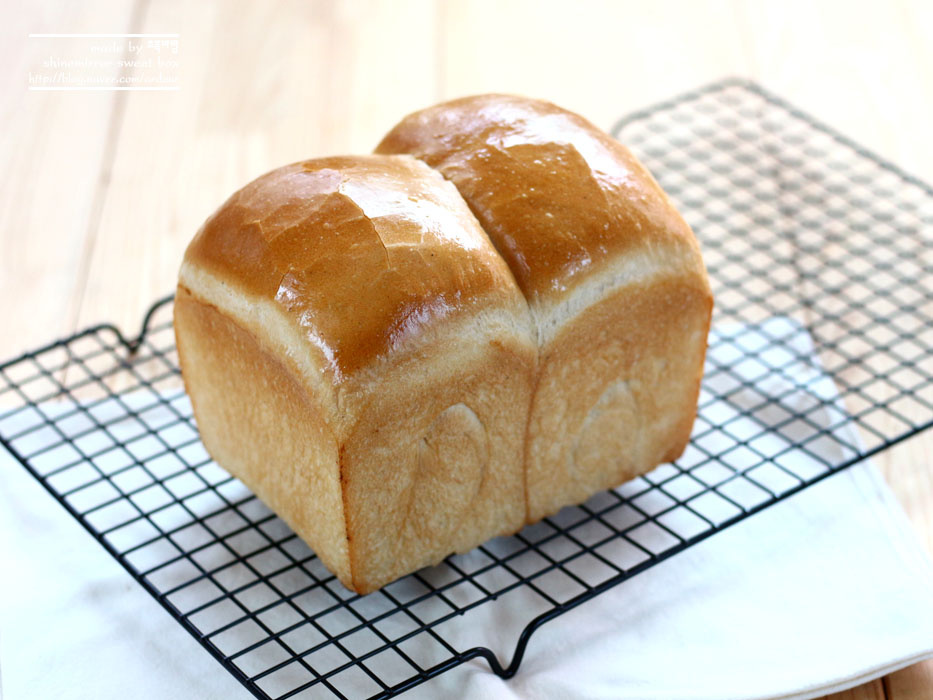
Basic bread:: Use old fermented species like pulish
I haven't been able to make sourdough lately, but I've been giving them fermented rice. Therefore, no matter how small the amount of fermented species is, it is inevitable that old fermented species will be formed. It's been several times since I've made confectionery with old fermented species, so this time I put it in bread that uses yeast.I used old fermented species instead of pulish in the basic bread recipe that contains pulish. Pulisic is a pre-dough with 100% moisture content that contains the same amount of water and flour, so I used an old fermented species with 100% moisture content like Pulisic. However, Pulisic was fermented with a small amount of yeast, affecting the overall fermentation, while aged fermented species did not seem to have a significant effect on the fermentation. So I added a little more yeast than the original recipe. The bread made in that way was made into light and soft bread. And there's a pretty crack.. The basic bread that tasted good and looked good! Let's make it
3 serving
Within 999 minutes
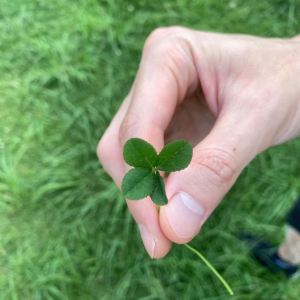
초록바람N
- Ingredients
-
-
fermented species122g
-
Water140~150g
-
Instant Dryist1ts
-
Strong flour240g
-
a faraway party9g
-
Salt1ts
-
skimmed milk powder6g
-
Butter20g
-
- Cooking Steps
-
STEP 1/8It's the fermented paper I've been collecting.. I used gravitational pull, and I used what I'd collected for weeks in the refrigerator. I took it out overnight before making bread and left it at room temperature, and the old fermented paper, which seemed to be unchanged, swelled a little. I used it on the dough as it is.
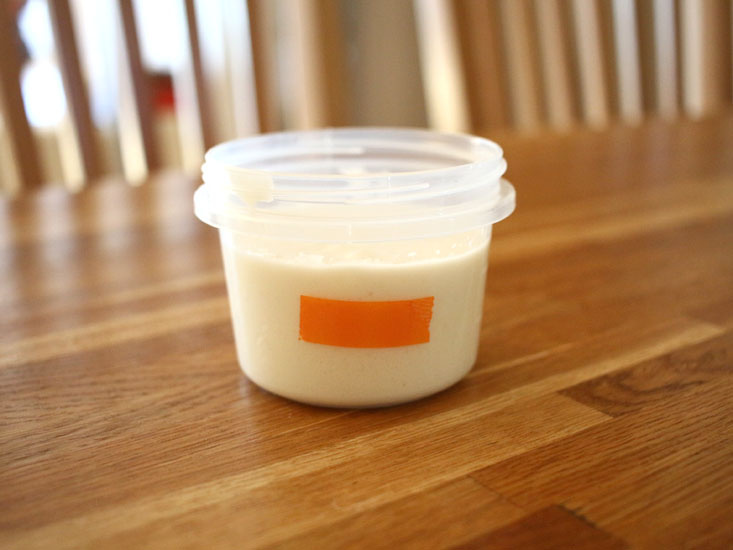 STEP 2/8Place all ingredients except butter in a kneader bowl, turn at low speed for 3-4 minutes and form into a lump. The amount of water can vary depending on the environment, so you can adjust it while looking at the dough. When a lump is formed, place it at room temperature and add soft butter, and knead it at high speed for 10 to 15 minutes
STEP 2/8Place all ingredients except butter in a kneader bowl, turn at low speed for 3-4 minutes and form into a lump. The amount of water can vary depending on the environment, so you can adjust it while looking at the dough. When a lump is formed, place it at room temperature and add soft butter, and knead it at high speed for 10 to 15 minutes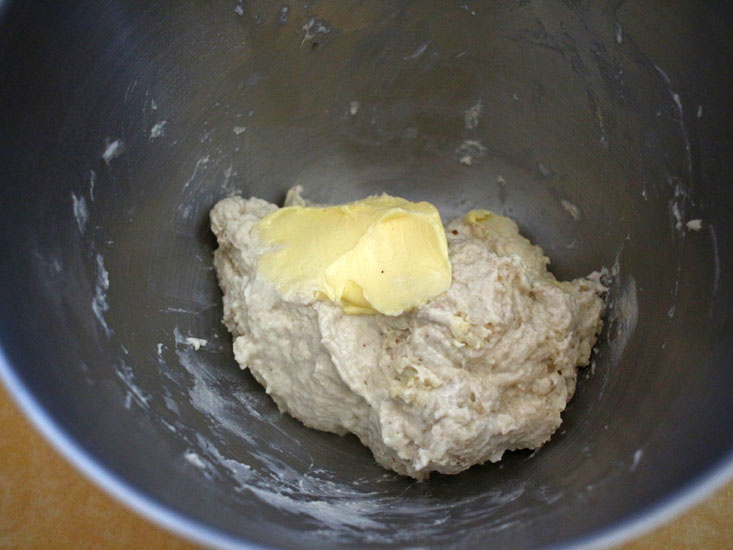 STEP 3/8The dough is glossy as it is sticky, and when the dough is stretched out gently, the dough is complete.
STEP 3/8The dough is glossy as it is sticky, and when the dough is stretched out gently, the dough is complete.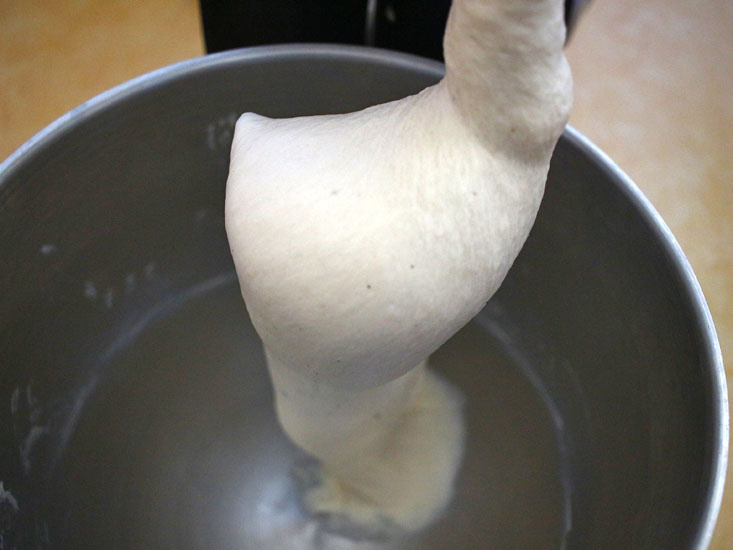 STEP 4/8First fermentation is done by rounding the finished dough well. It will be fine to inflate by 2.5 times. It took me about 90 minutes in a 27-28 degree environment. In October weather like this, if you knead it with lukewarm water, I think the first fermentation will be completed faster
STEP 4/8First fermentation is done by rounding the finished dough well. It will be fine to inflate by 2.5 times. It took me about 90 minutes in a 27-28 degree environment. In October weather like this, if you knead it with lukewarm water, I think the first fermentation will be completed faster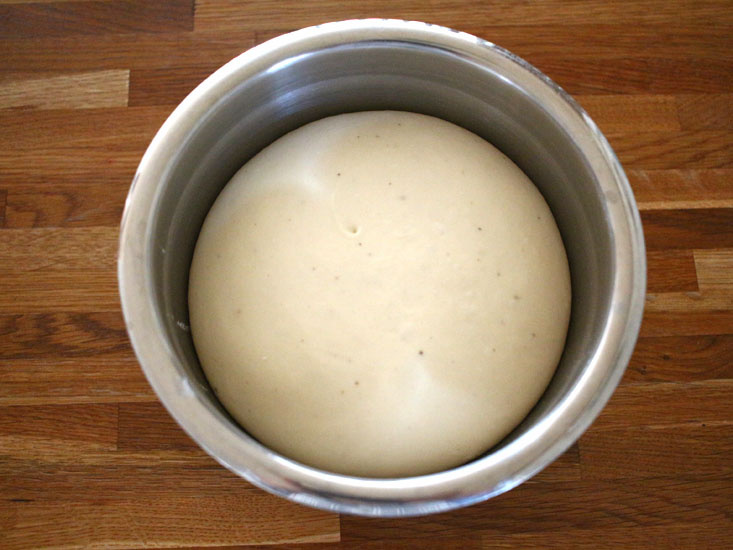 STEP 5/8After the first fermentation, the dough is divided into two pieces, rounded, and then fermented for about 20 minutes at room temperature
STEP 5/8After the first fermentation, the dough is divided into two pieces, rounded, and then fermented for about 20 minutes at room temperature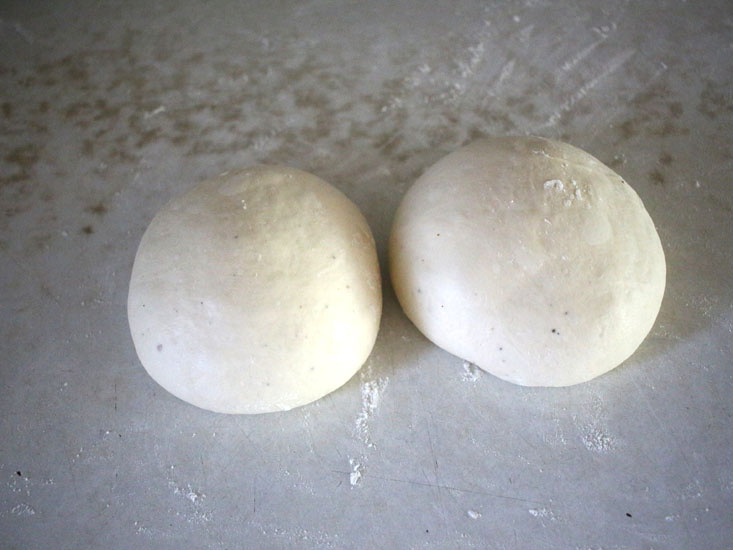 STEP 6/8And I'm going to get plastic surgery. Roll out the dough with a rolling pin, fold it in three layers, and then roll it slowly from top to bottom by gently rolling it again with a rolling pin. Open the end well and finish it in a cylindrical shape.
STEP 6/8And I'm going to get plastic surgery. Roll out the dough with a rolling pin, fold it in three layers, and then roll it slowly from top to bottom by gently rolling it again with a rolling pin. Open the end well and finish it in a cylindrical shape.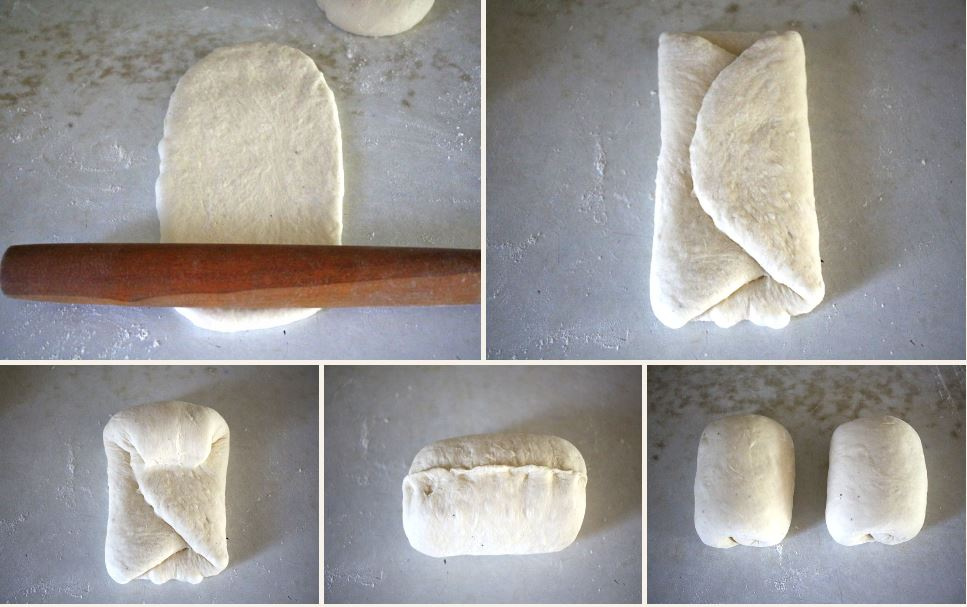 STEP 7/8Panning in an oiled pan, press lightly to allow the dough to settle in the pan. After that, do the second fermentation. Ferment to fill up to 80% of the mold. It took me about 90 minutes at a temperature of 27-28 degrees
STEP 7/8Panning in an oiled pan, press lightly to allow the dough to settle in the pan. After that, do the second fermentation. Ferment to fill up to 80% of the mold. It took me about 90 minutes at a temperature of 27-28 degrees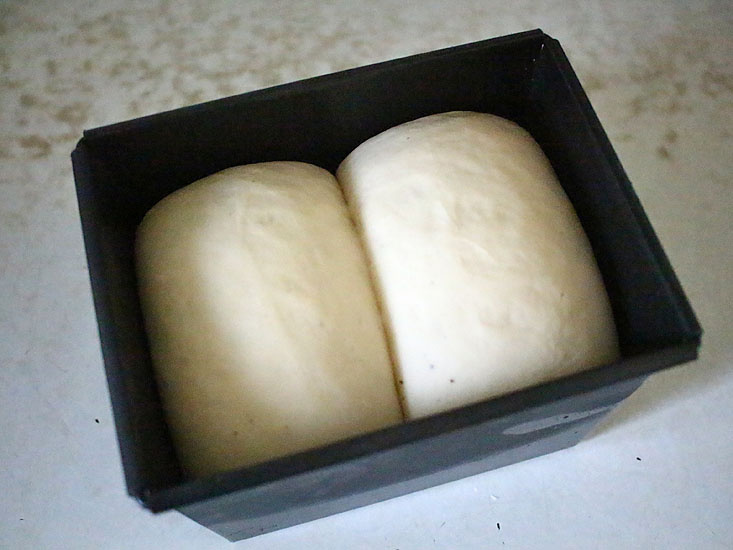 STEP 8/8Apply milk water to the surface, lower it to 180 degrees in a preheated oven at 210 degrees, and bake it for 30 to 35 minutes to complete
STEP 8/8Apply milk water to the surface, lower it to 180 degrees in a preheated oven at 210 degrees, and bake it for 30 to 35 minutes to complete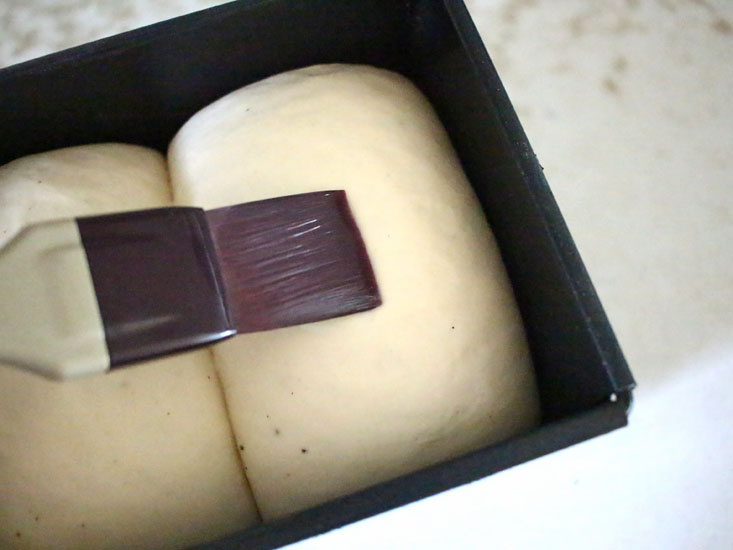 Please refer to the link below for information on making fermented species~ https://blog.naver.com/ardour/221177975052 https://blog.naver.com/ardour/110145626390
Please refer to the link below for information on making fermented species~ https://blog.naver.com/ardour/221177975052 https://blog.naver.com/ardour/110145626390
- chicken Recommended recipe
-
-
1
 Jongwon Baek Fried Chicken / Making KFC Chicken / Maritel Chicke4.75(8)
Jongwon Baek Fried Chicken / Making KFC Chicken / Maritel Chicke4.75(8) -
2
 Making barbecue chicken Let's make a barbecue-flavored chicken5.00(14)
Making barbecue chicken Let's make a barbecue-flavored chicken5.00(14) -
3
 In vain... On the knife... On the knife!!!!!!Curry Oven Chicken5.00(8)
In vain... On the knife... On the knife!!!!!!Curry Oven Chicken5.00(8) -
4
 Ryu Soo-young Galbi Chicken Pyeon-storang 25 minutes Complete Eo5.00(10)
Ryu Soo-young Galbi Chicken Pyeon-storang 25 minutes Complete Eo5.00(10)
-
- Kimchi Recommended recipe
-
-
1
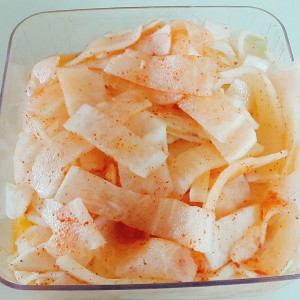 Cold noodles radish kimchi4.79(39)
Cold noodles radish kimchi4.79(39) -
2
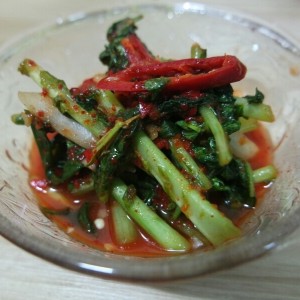 Making Yeolmu Kimchi with Live Information Box4.83(144)
Making Yeolmu Kimchi with Live Information Box4.83(144) -
3
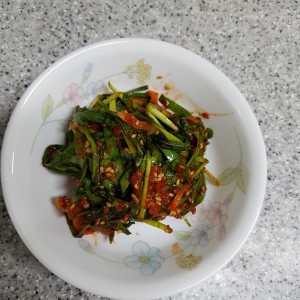 Rice thief chives kimchi! (Gyeongsang Province)4.93(73)
Rice thief chives kimchi! (Gyeongsang Province)4.93(73) -
4
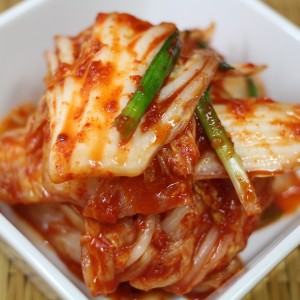 It's deliciously cabbage kimchi4.98(49)
It's deliciously cabbage kimchi4.98(49)
-